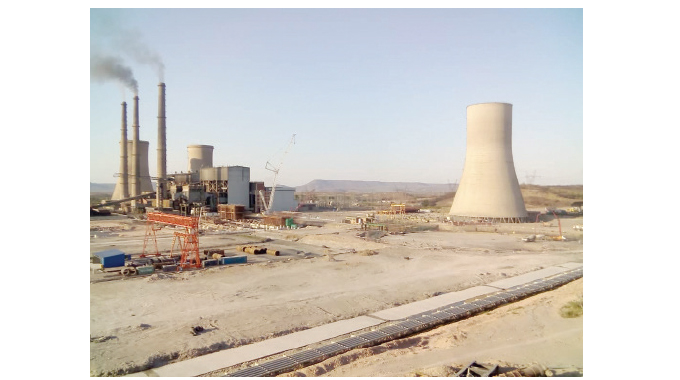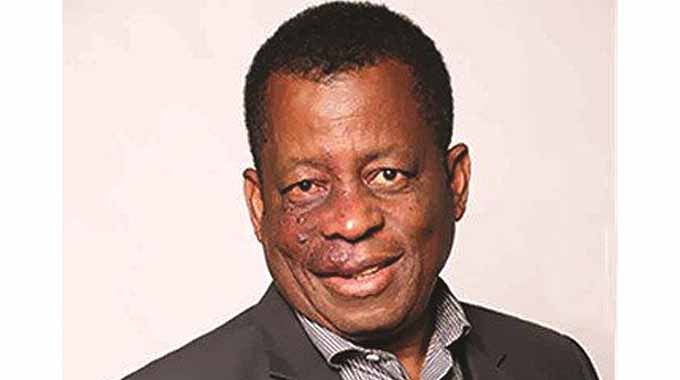End to power cuts in sight

Prosper Ndlovu recently in Victoria Falls
GOVERNMENT has outlined a comprehensive roadmap to tame power generation/supply deficit, bolstering efficient industry operations as well as facilitating speedy connection of 305 000 backlog of domestic customers.
The country’s power generation is currently subdued at around 1 300MW with demand hovering around 1 750MW, according to official statistics.
The service gap has resulted in continued power cuts, which industry leaders partly blame for frustrating production amid costly imports from regional producers, which drain scarce forex resources from the economy.
Through the power utility, Zesa, the Ministry of Energy and Power Development is seized with implementing high-impact energy projects, which cover expansion of existing power infrastructure and life extension of ageing plants.
These are being done to buttress the ideals of the National Development Strategy (NDS1), the blueprint spanning year 2021 to 2025, which builds momentum towards President Mnangagwa’s Vision 2030.
Based on official policy estimates, and in keeping with positive economic growth projections, the country’s energy demand is expected to clock 3 943MW by 2025 from a estimated 2 270MW this year, jumping to about 5 177M by 2030.
Zesa internal consultant responsible for international business, Engineer Cletus Nyachowe, who represented executive chairman, Dr Sydney Gata during the Chamber of Mines in Zimbabwe Conference in Victoria Falls last Friday, said the short to medium interventions were already being implemented to ease the energy burden.
“We have secured US$310 million from India Exim Bank for Hwange Thermal Power Station units 1-6 life extension and rehabilitation. Our team was in India last week over that and something is happening,” said Eng Nyachowe.
“Once the money is disbursed, we will channel it to rehabilitating the units and this would give us additional 350MW to 400MW of electricity in addition to the current output.
“This means we will on short-term be able to generate up to 750MW at Hwange from the current 323MW.”
Over and above this, the engineer told delegates the US$1,4 billion Hwange units 7 and 8 expansion project was nearing completion and would inject an additional 600MW, beginning with the first unit commissioning set for November this year with the remainder coming on board in the first quarter of 2023.

Hwange Thermal Power Station
To augment supplies, he said Zesa has successfully negotiated for about 150MW imports from neighbouring EDM (Electricidade de Mocambique), whose draw down would immediately commence once payments are made.
“We have also negotiated for a 100MW supply from Zesco of Zambia and we are just awaiting exchange control approval from the Reserve Bank of Zimbabwe,” said Eng Nyachowe.
“We also have a power supply deal with Eskom of South Africa that is effective since April and we are drawing down 100MW but this could go up to 400MW depending on availability.”
Despite the adverse implications of global pressure against funding coal fired power projects, the Eng Nyachowe said the Government was forging ahead with the “Repowering of Small Thermals” project targeting Bulawayo, Munyati and Harare stations, which would yield about 210MW.

Zesco
“The Bulawayo plant has already secured funding from India and we are now looking into the implementation mechanism, which will see the station giving us between 90-100MW,” said Eng Nyachowe.
“We also have the Themane gas-fired power project in Mozambique that is expected to come on board between 2023 to 2024 and we are looking forward to getting an additional 100MW under the Intensive Energy User Group (IEUG) arrangement.”
Given that several high-demand energy users across sectors were not energy efficient, he said the power utility has come up with strategies to bring such entities to pool resources together for economies of scale and facilitating their support to buy power directly from producers.
“For instance, we have received application for about 2 100MW coming from mining companies alone for the next three years, which is bigger that what we are generating currently,” said Eng Nyachowe.
“We also have backlog of connecting 305 000 domestic consumers, which will take about 300MW and this requires about US$300 million based on an estimated budget of US$1 000 per household.

Sydney Gata
“The bulk of this funding is for installation of key infrastructure such as distribution substations, your 11KV and 380V power lines and small substations across the country.
“This has to be done urgently, we have to connect these clients in the next two to three years and it’s an issue that demands more attention.”
The intervention also entails connection of 250 000 housing stock development committed to the Government, modern street lighting of malls across provinces, extension of grid to growth points, schools, Government institutions, among others.
Eng Nyachowe said the above interventions were being complemented by a rollout of new energy projects driven by the private sector under the Independent Power Producer (IPP) framework, which are expected to yield about 300MW by 2025.
These, however, demand adoption of a cost-reflective tariff for electricity as well as fine-tuning policy to ensure investors recoup their investments, he said.












Comments